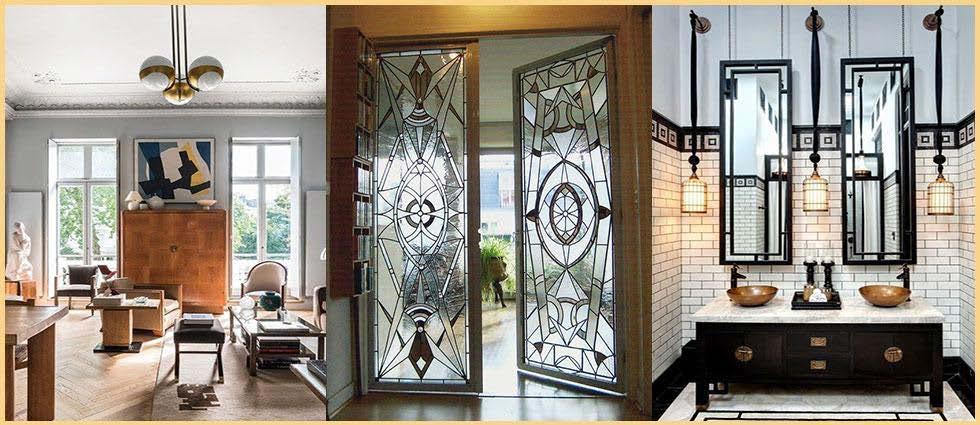
7 minute read
Art Decó
from Assignment 8 Vol 6
by mela corral
Fig. 44 La Casa de Pinturas, (2019), Estilo Art Deco [Photograph].

Advertisement
ART DE CO
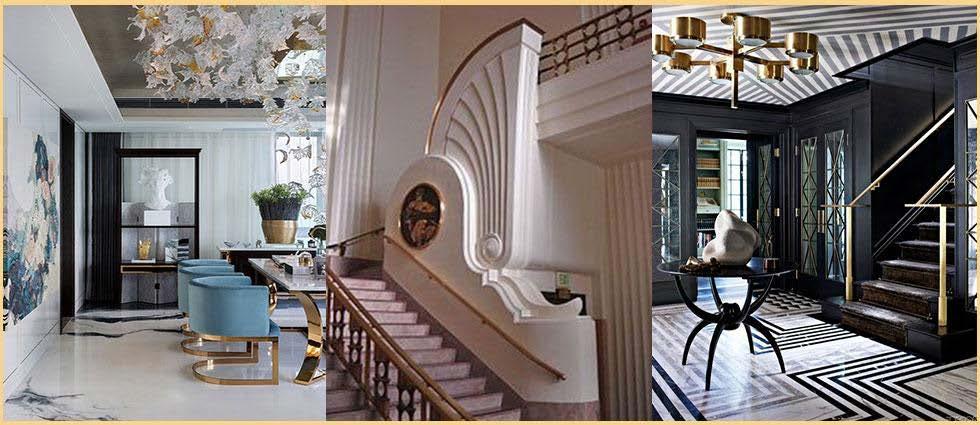


Art Deco, also known as Deco, is a style of visual arts, architecture and design that first appeared in France just before the First World War. Art Deco influenced the design of buildings, furniture, jewellery, fashion, cars, cinemas, trains, ocean liners and everyday objects such as radios and vacuum cleaners. Its name, short for Arts Décoratifs, comes from the International Exhibition of Modern Decorative and Industrial Arts held in Paris in 1925. Modern styles with fine craftsmanship and rich materials were combinated. During its heyday, Art Deco represented luxury, glamour, exuberance and faith in social and technological progress, Often was described as a “pastiche of styles and an eclectic combination of influences, materials, and shapes,”(Martinique, 2016) In architecture, Art Deco was the successor, and in response to Art Nouveau, the American skyscrapers are still at the top of the Art Deco style, becoming the highest and most famous contemporary houses in the globe. They were designed to show the prestige of their owners by their height, form, hue and spectacular night lighting. The architectural style of art deco produced its debut in Paris in 1903-04, with the building of two apartment houses in Paris, one by Auguste Perret on rue Trétaigne and the other by rue Benjamin Franklin on avenue Henri Sauvage.For the first time, reinforced concrete was used in residential buildings in Paris; the new buildings had clean lines, rectangular shapes and no decoration on the facades; they marked a clear break with the Art Nouveau style. (Martinique, 2016)

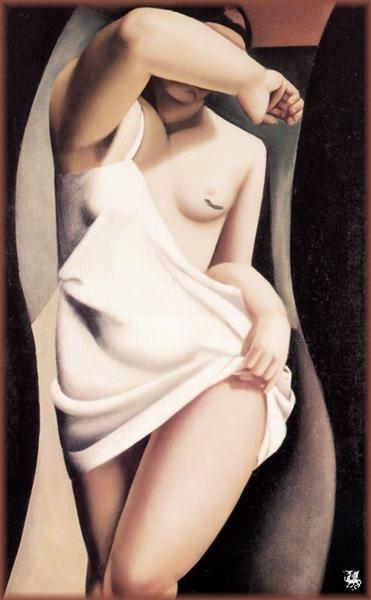
Fig. 50 Wirt Rowland, (1929), The Guardian Building Lobby [Photograph].

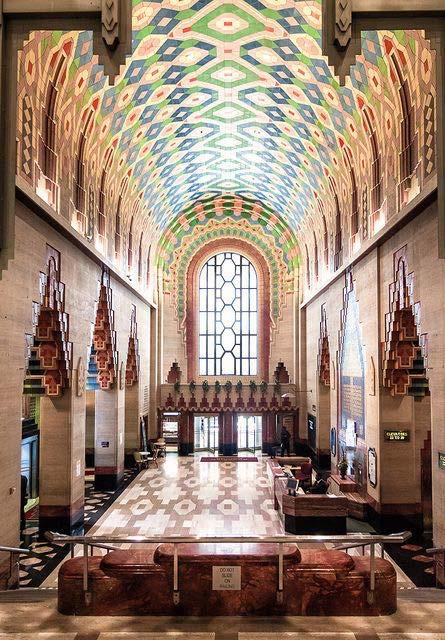
The grand showcases of Art deco interior design were the lobbies of government buildings, theaters, and particularly office buildings, both in Europe and America. Interiors were extremely colorful and dynamic, combining sculpture, murals, and ornate geometric design in marble, glass, ceramics and stainless steel. The Guardian Building (originally the Union Trust Building) in Detroit, by Wirt Rowland (1929), (See Fig 50. Wirt Rowland, 1929) “There are large, simulated skylights made of small glass tiles, prisms, and crinkled glass. Stained glass and mosaics decorate the walls surrounding the elevators. An expensive Monel nickel alloy metal screen features a Tiffany-designed clock in its center. The giant columns are formed of Italian travertine atop bases of black marble imported from Belgium. Blood-red Numidian marble from Africa was also used in the Guardian as well as limestone and terra cotta.”(Williams Electrical & Communications , 2019)


Fig. 54 Mark Peacock, (2010), Saban Theatre [Photograph].
Many of the best surviving examples of Art Deco are movie theaters built in the 1920s and 1930s.

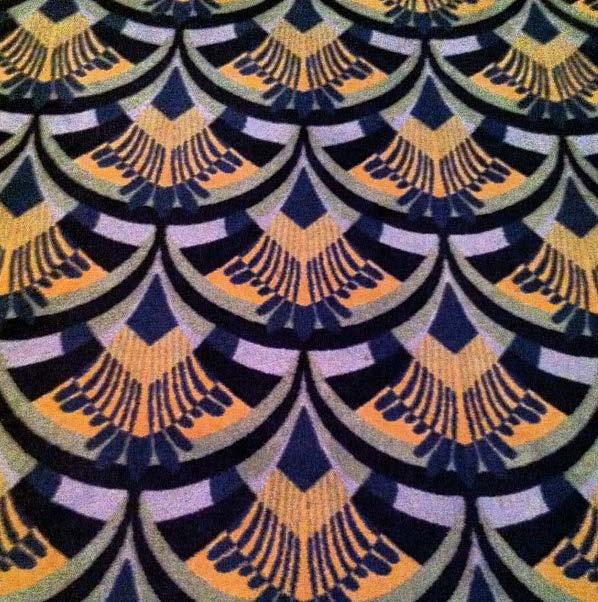
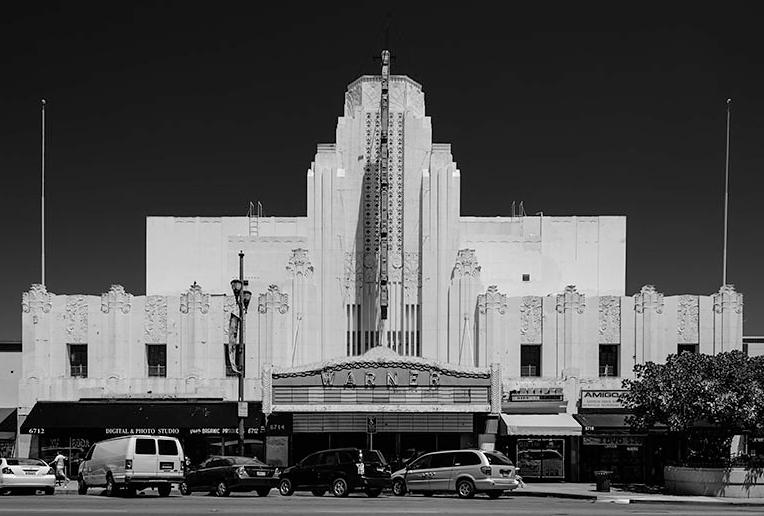

Fig. 52 Don Saban, (2019), Warner Grand Thetre [Photograph].
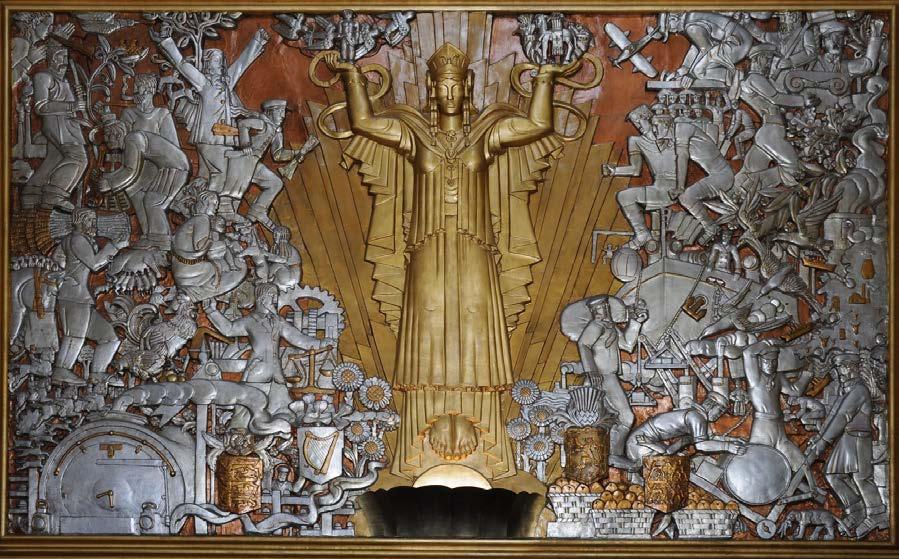
“One of the key sources of Art Deco was its precursor, Art Nouveau, the end-of-century style that went out of fashion in the years before the First World War (1914-18). Key elements of Art Nouveau's visual language, such as plant and floral forms, were borrowed and adapted to create an updated vision, The more linear and geometric variant of Art Nouveau directly fed Art Deco's search for "modern" forms and decorative motifs. Hofmann's two-handle bowl, a golden brass food bowl with elegant curved handles, inspired many silver designers of the 1920s. Meanwhile, the arts of Africa and East Asia provided rich sources of shapes and materials. Archaeological discoveries in the early 1920s fueled a romantic fascination with the beginnings of Africa and Mesoamerica. The excavation of Tutenkhamun's tomb in 1922 triggered a proliferation of Egyptian images such as lotus flowers, beetles, hieroglyphics, towers, and pyramids.
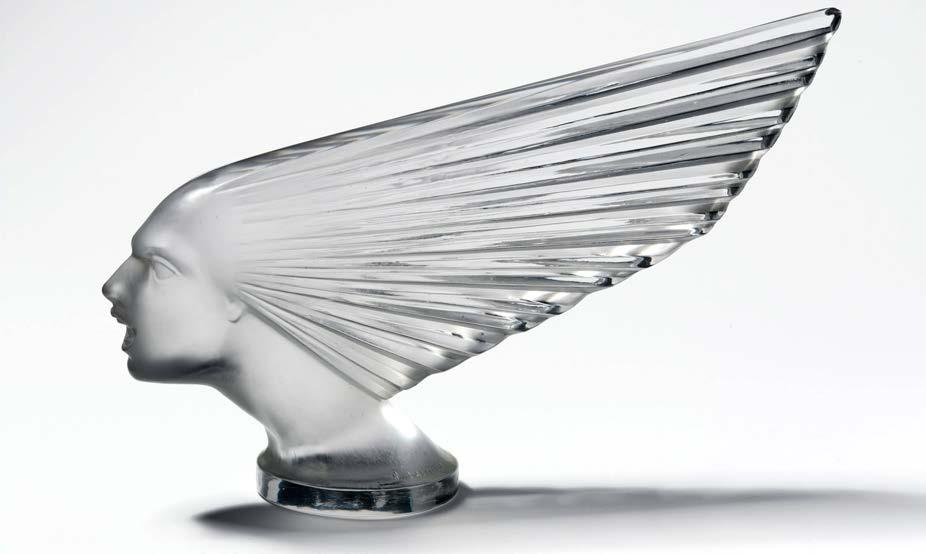
Fig. 55 Gérard Sandoz/VAM, (1929), Cigarette case,[ photograph]
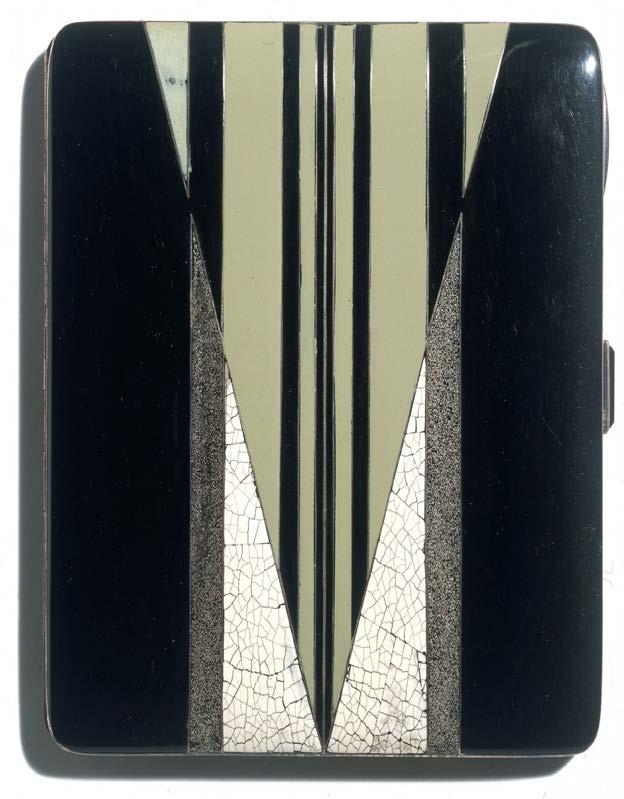
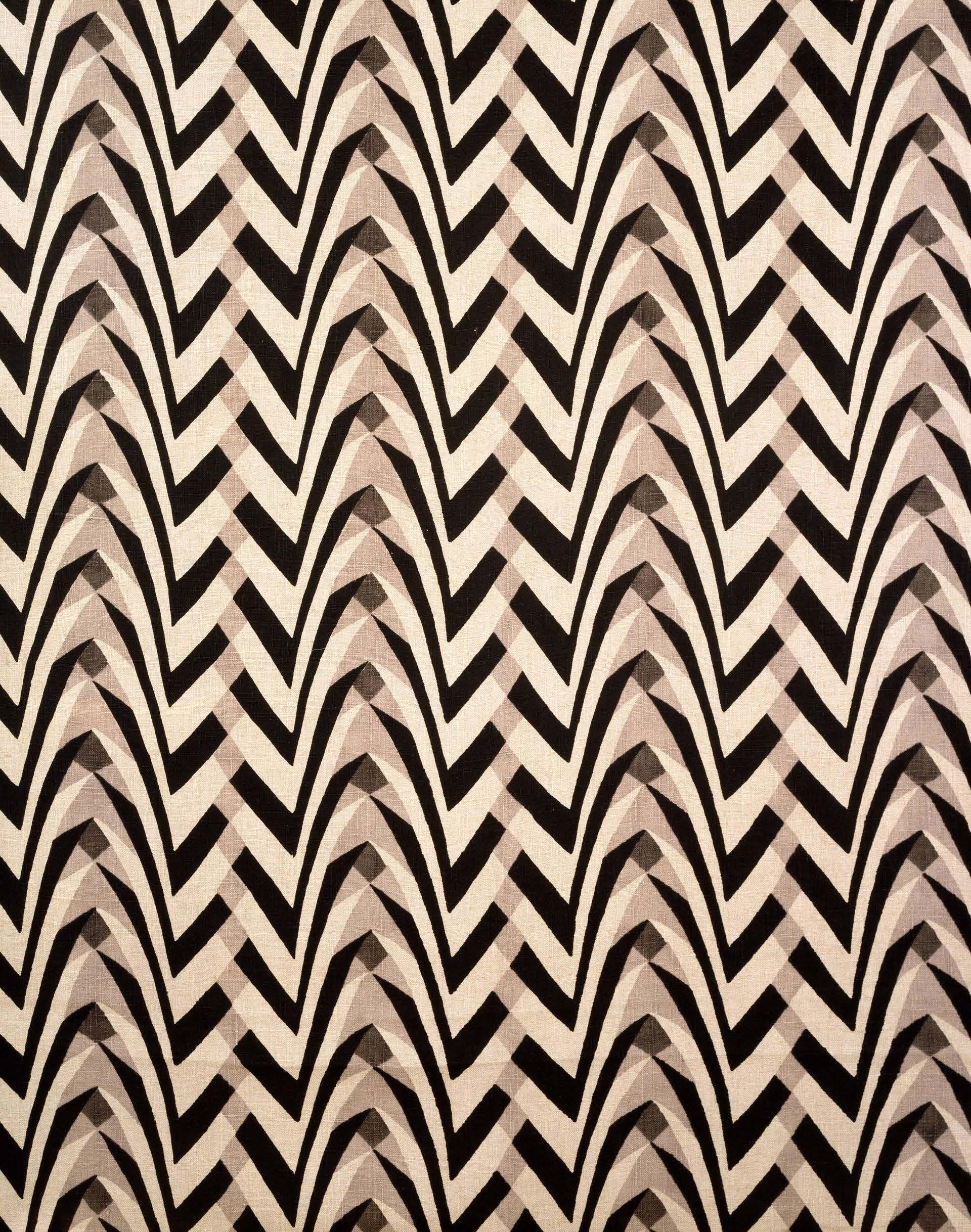

Fig. 58 Robert Bonfils/VAM, (1925), Woodblock poster, Robert Bonfils, [illustration]

As the 1920s progressed, many designers turned to the new visual language, color, and iconography of the avant-garde. Movements such as Fauvism, Cubism, Futurism, Stijl's, suprematism and Constructivism - often grouped under the label of "Cubism" - were enthusiastically absorbed by designers seeking to capture the dynamism of the modern world. British and American critics often used the terms `Moderne', `Jazz Moderne' or `Zigzag Moderne' to characterize this type of work. Geometric shapes made their way into all aspects of life, including small everyday objects such as vanity boxes, cigarette cases and crockery. Fig. 60 Lalique Glassworks /VAM, Spirit of the Wind [photograph]
Fig. 56 Harry George Murphy/VAM, (1933), Tea service, Harry George Murphy, [photograph]


Fig. 57 josef Hoffmann(1925), Two handled bowl,[photograph]
One of the most important moments for Art Deco (then known as "Modern Style") was the International Exhibition of Modern Decorative and Industrial Arts held in Paris in 1925 as mentioned in Wikipedia´s article about the event (Wikipedia Contributors 2019), which brought together thousands of designers from all over Europe and beyond, including Emile Jacques Ruhlmann and René Lalique. Both designers were known for their exquisite details and sense of quality. They became prominent promoters of the Art Deco movement, giving a modern twist to traditional craftsmanship. (An introduction to Art Deco, V&A Museum, 2019)

72 64
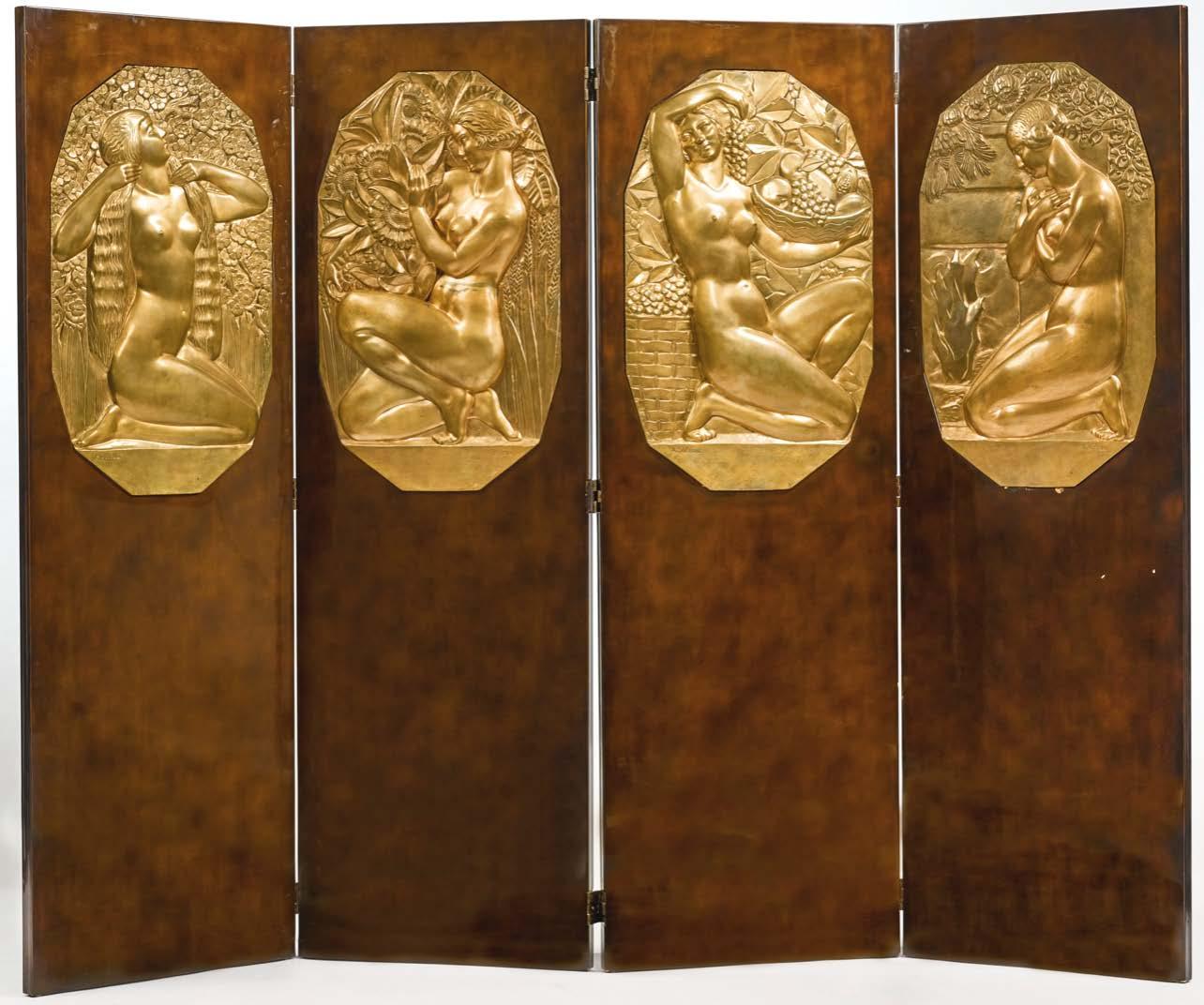

61
63
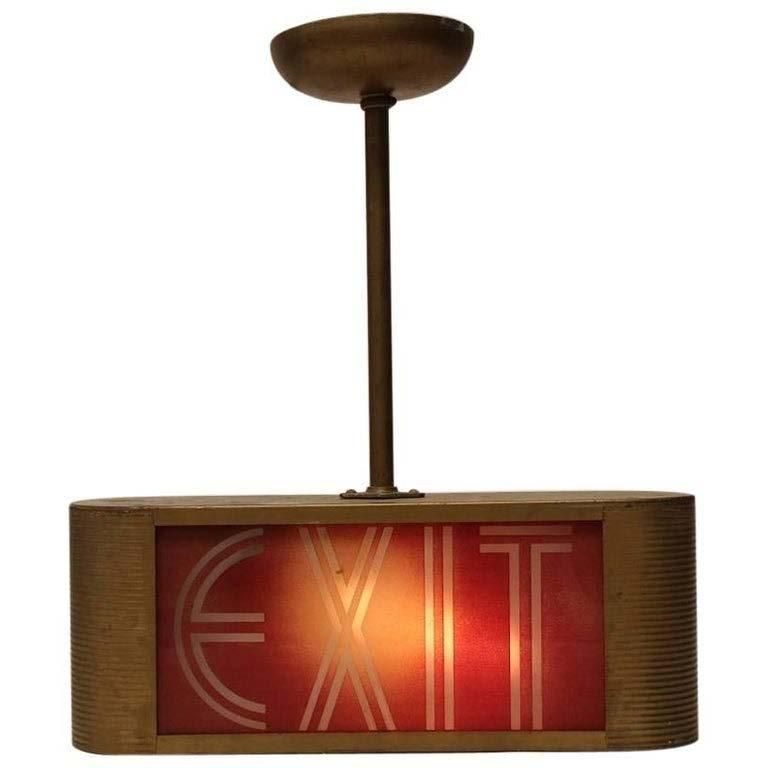


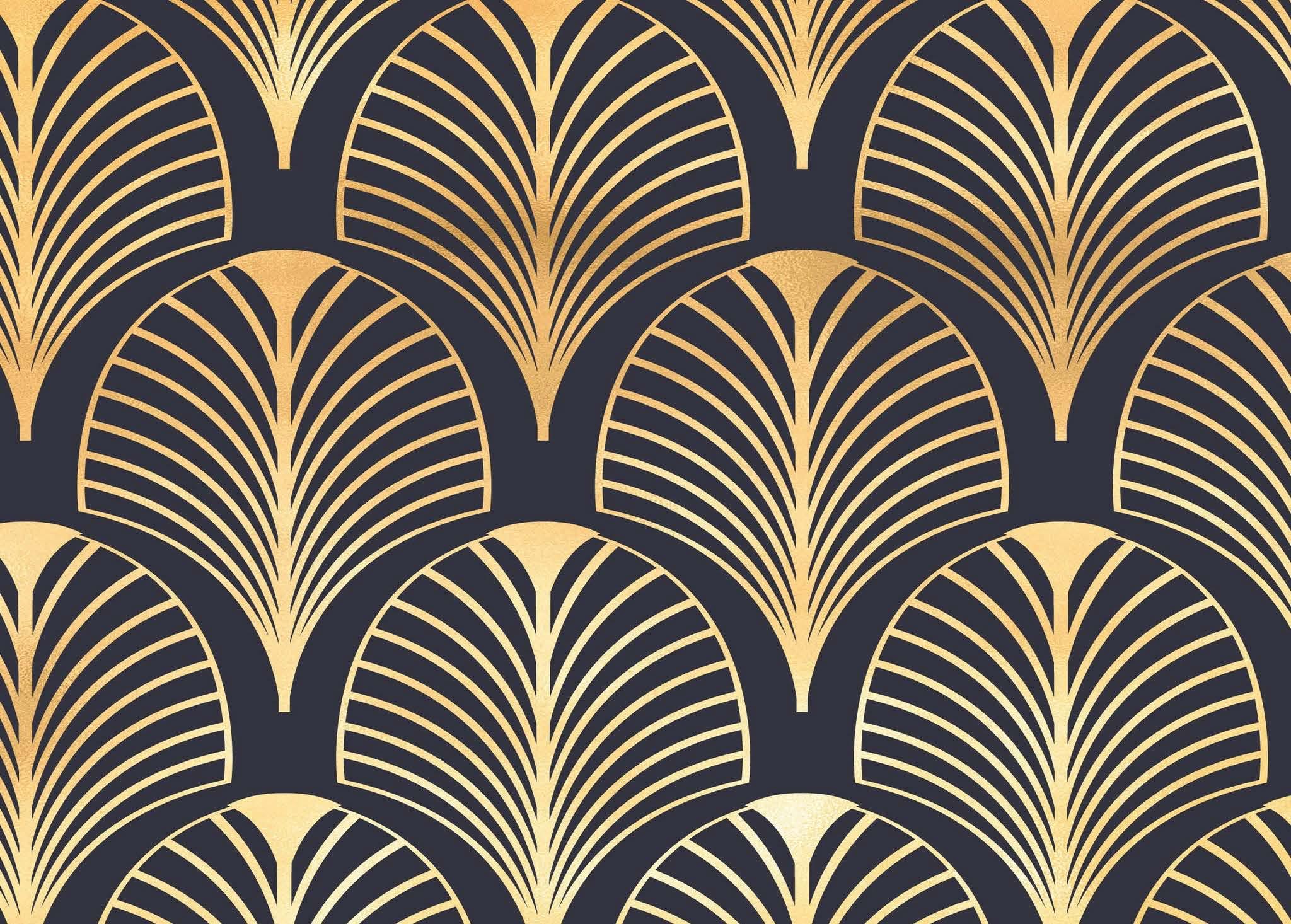
67
ART DECO ART DECO ART DECO
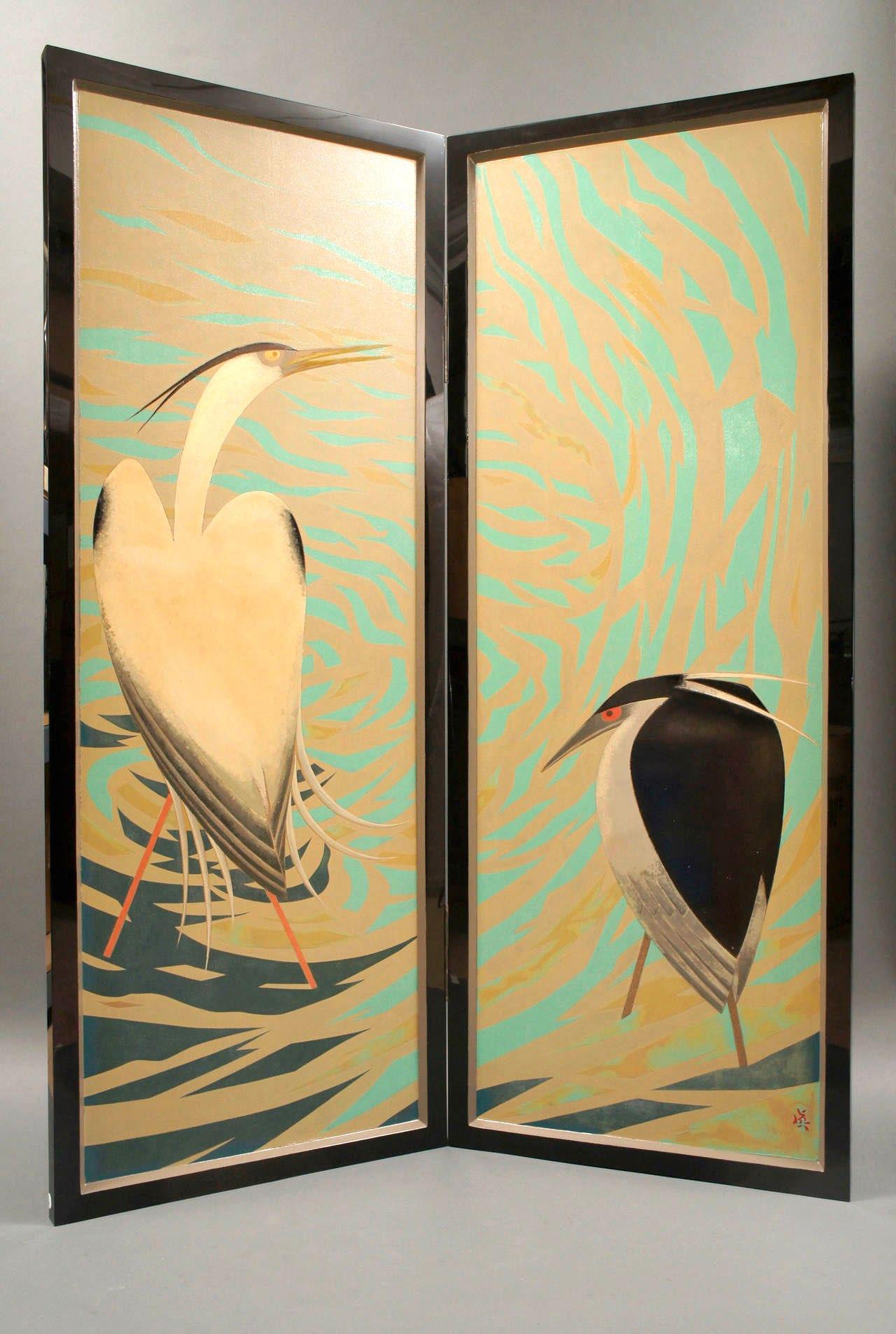
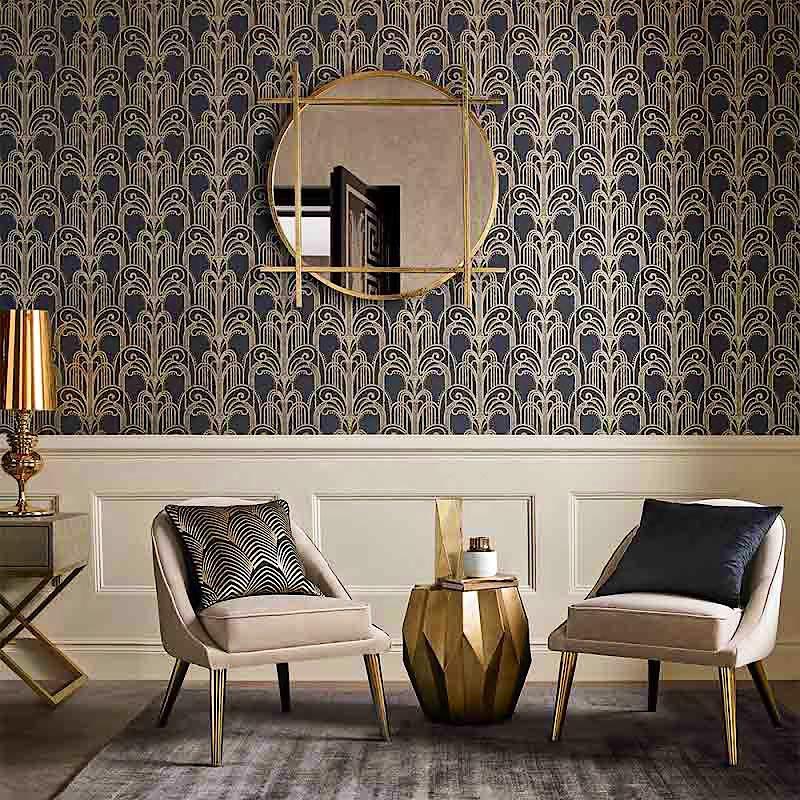


69 70



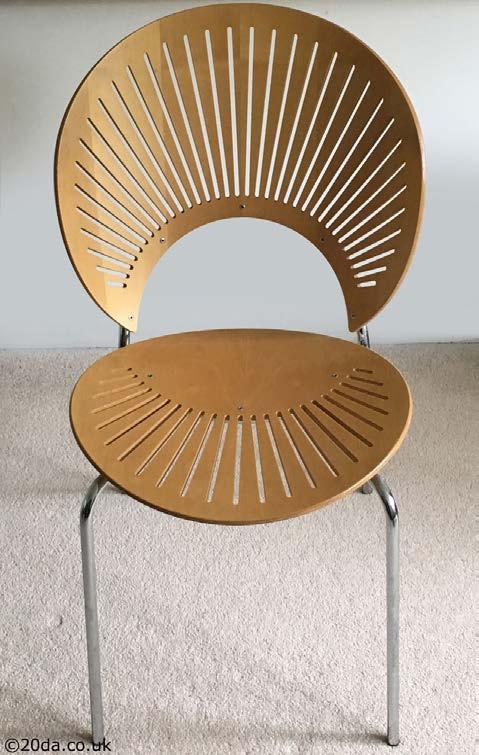
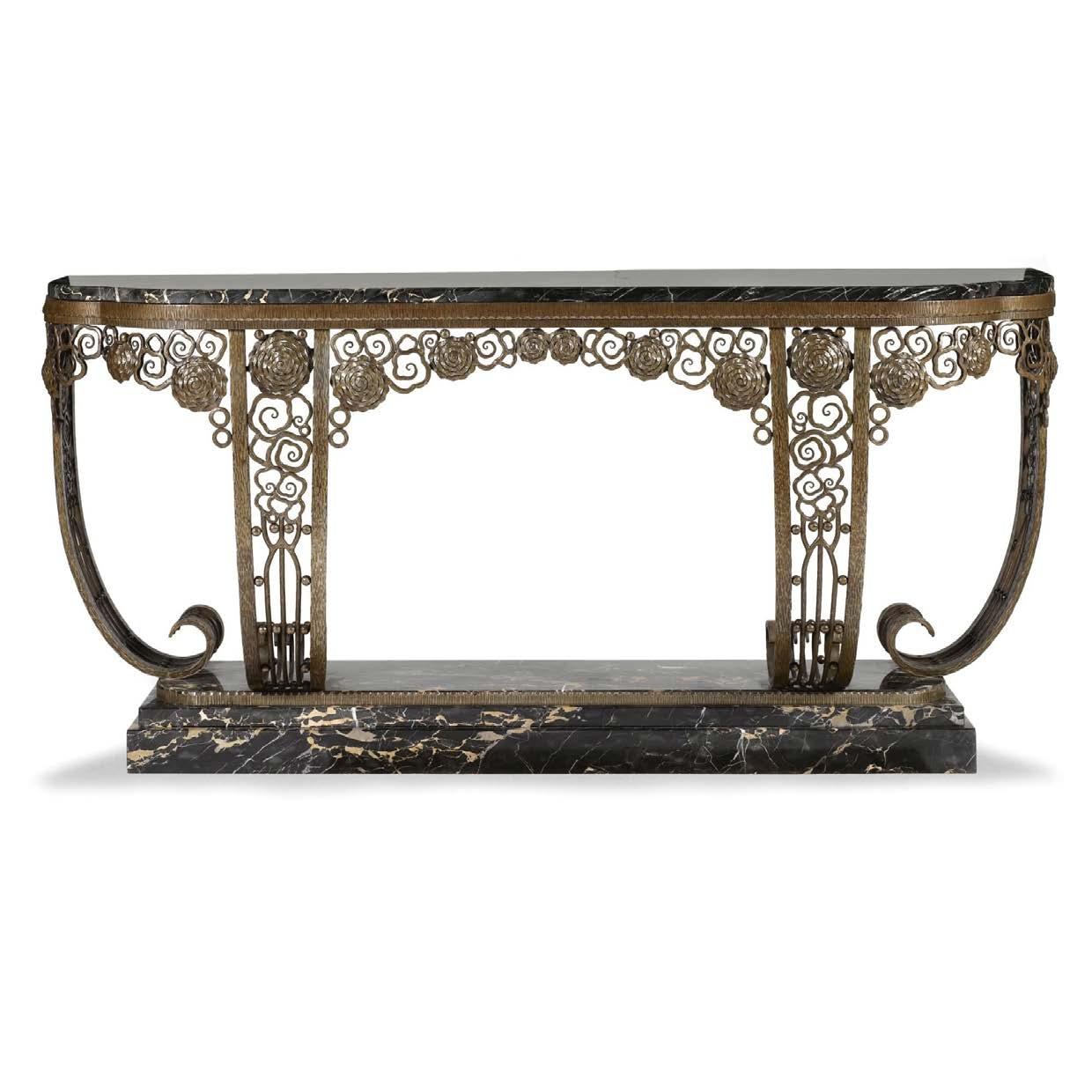
62 65


Fig. 61 Wallpapercave, (2019), Art Deco Wallpapeer [Photograph].
Fig. 62 20decoarts.com, (2010), Nanna Ditzel- Trinidad Chair [Photograph]. Fig. 63 Sotheby ́s, (2019), ART DECO STYLE ARCHITECTURAL GRILLE [Photograph]. Fig. 64 Sotheby ́s, (2019), French Art Deco Screen [Photograph]. Fig. 65 1stdibs, (2019), French Art Deco Wall Sconces [Photograph].
Fig. 66 WallpapersForBeginners, (2019), 1930s Art Decò Wallpaper, [Photograph].
Fig. 67 1stdibs, (2019), 1930s Art Decò Wall tiles [Photograph]. Fig. 68 1stdibs, (2019), Léon Jallot, Early Art Deco side chair, France, c. 1922 [Photograph].
Fig. 69 Edgar Brandt, (1925), Edgar Brandt French Art Deco iron console [Photograph].
Fig. 70 1stdibs, (1930), 1930s French Art Deco Figural Clock [Photograph].
Fig. 71 1stdibs, (1930), Japanese Lacquered Art Deco Screen of Herons [Photograph].



